I have the following statement:
SELECT tableA.*, tableB.* FROM tableA, tableB WHERE tableA.userUUID = ? AND tableB.uuid=tableA.tableBUUID
So when a record in table A has a valid tableBUUID and the tableBUUID exists in tableB then the query runs file. But when I removed the tableBUUID from table B without removing it from the record in tableA then the query returns nothing (Which is obviously expected)
I am wondering how I can change the query so that even if the tableBUUID does not match anything, the query will still return what it can even if its nothing/ blank columns from tableB?
Thanks all
